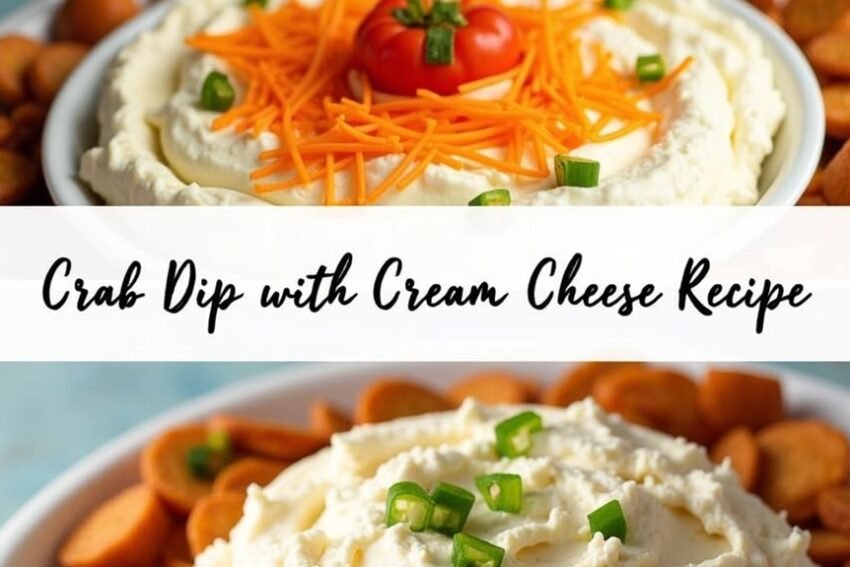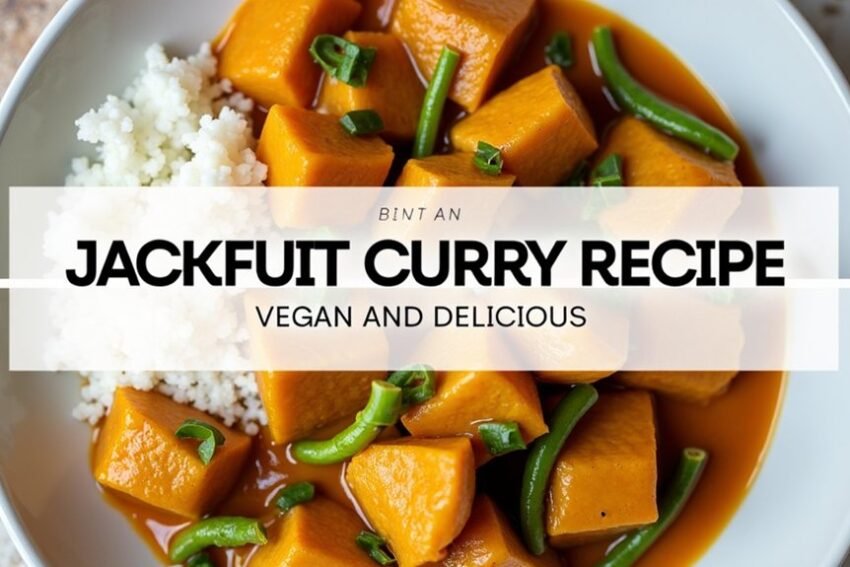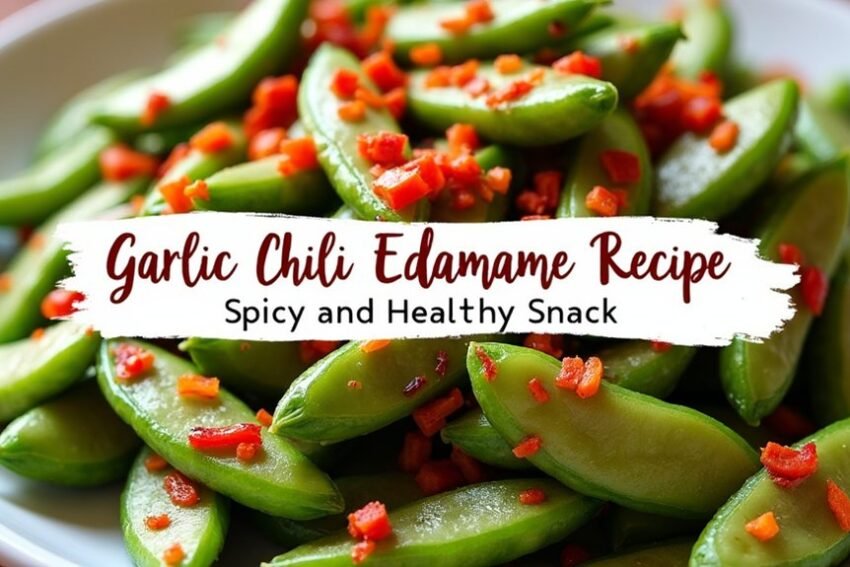Hearty German Chili Recipe – Perfect for Cold Days
Hearty German Chili Recipe – Perfect for Cold Days
When the temperature drops and you’re craving something warm and filling, a Hearty German Chili might be just what you need. With its robust mix of ground beef, bratwurst, and a touch of German beer, this dish perfectly balances comfort and flavor. You’ll find that the slow simmering process allows all those components to come together seamlessly. So, what’s the secret to achieving that rich depth of flavor that sets this chili apart from the rest? Let’s investigate the details behind this cozy meal that could soon become a favorite in your kitchen.
Key Takeaways
- This hearty German chili combines ground beef, bratwurst, onions, bell peppers, and canned tomatoes for a rich flavor profile.
- Enhance the depth of flavor by incorporating a good German beer, such as Pilsner or Bock.
- For a cozy meal, simmer the chili for 1 to 5 hours to meld the flavors together beautifully.
- Adapt the recipe by adding unique ingredients like sauerkraut or dark chocolate for a twist.
- Use a slow cooker for a convenient preparation method that allows for easy cooking while you enjoy the day.
History
Chili’s history stretches back over 300 years, with its early origins rooted in the 17th century among the poorest communities. Initially, people combined meat with many peppers, stewing them together to create a nourishing dish.
By the mid-19th century, Texan adventurers and cowboys relied on chili as a staple during their journeys to California gold fields and throughout Texas.
Key developments in chili’s history include:
- 1850: Creation of chili mixes by cowboys.
- 1860: Texas prisons began making chili with tough beef and spices.
- Trail cooks: Invented “chili bricks,” which were dried and easily rehydrated.
Chili gained traction thanks to influential figures:
- William Gebhardt: Created Gebhardt’s Eagle Brand Chili Powder.
- Pendry: Marketed chili powder in Texas.
- Lyman T. Davis: Canned chili under the brand Wolf Brand Chili.
As chili spread across the United States, it became a beloved dish. In fact, chili’s commercialization began with canned chili products that introduced the dish to a wider audience.
Today, it’s enjoyed at gatherings like football games and the Super Bowl, showcasing its enduring appeal and cultural significance throughout the years.
Recipe
Hearty German Chili Recipe
Embrace the cozy flavors of Germany with this hearty chili recipe that combines traditional ingredients into a wonderfully rich and satisfying dish. Perfect for gatherings or a comforting dinner at home, this German chili features a delightful mix of ground beef, bratwurst, and a medley of vegetables, promising a unique twist on a classic favorite.
With the addition of sauerkraut and German beer, you’ll uncover layers of flavor that enhance this dish beyond ordinary chili. Chili competitions are popular, showcasing various regional styles and techniques—follow this simple recipe to create a warming pot of German chili that will leave your taste buds singing.
Whether you’re enjoying it on a chilly evening or sharing it with friends at a cookout, this dish is sure to impress. Ready your pots and get prepared to indulge in a bowl of hearty goodness.
Ingredients:
– 1.5-2 pounds ground beef
– 6 ounces to 2 pounds bratwurst or German sausage
– 1-2 cups onions
– 1-5 cloves garlic
– 1 cup green bell pepper
– 0.75-12 ounces German beer
– Diced tomatoes, crushed tomatoes, tomato sauce, or tomato juice
– Kidney beans, red beans, or pinto beans
– Chili powder, cumin, paprika, cayenne pepper
– 2 cups sauerkraut
Cooking Instructions:
Begin by browning the ground beef and bratwurst in a large pot over medium heat. Once browned, remove excess fat and set the meat aside.
In the same pot, add olive oil and sauté the onions, garlic, and bell peppers until they’re tender. Next, return the browned meat to the pot, adding in all the tomato products, beans, beer, and spices.
Stir to combine, bring the mixture to a boil, then reduce the heat and let it simmer for 1 to 5 hours, stirring occasionally to confirm even cooking and to meld the flavors together. Alternatively, you can transfer the mixture to a slow cooker and let it cook slowly.
Extra Tips:
For an even richer flavor, consider browning the meat the day before and letting it chill in the refrigerator. This allows the flavors to meld beautifully overnight.
Regarding beans, feel free to mix and match according to your personal preference or what you have on hand. Don’t forget to experiment with different types of German beers to find the one that strikes your fancy!
If you want to add additional heat, consider tossing in some jalapeños, and for extra creaminess, serve your chili with a dollop of sour cream and a sprinkling of shredded cheese. Enjoy!
Final Thoughts
German chili offers a comforting blend of flavors that’s perfect for both cozy dinners and festive gatherings. This dish not only warms you up but also showcases a rich cultural heritage. Here are some key points to reflect on:
-
Cultural Roots: German immigrants greatly influenced Chilean cuisine, especially in regions like Lake Llanquihue, blending flavors and traditions. The introduction of brewing traditions, evidenced by the first German brewery established in 1851, complements this culinary fusion.
-
Family Bonding: Recipes, often passed down through generations, represent family traditions and create memories during shared meals.
-
Versatility: German chili can be tailored to various tastes, making it a crowd-pleaser for any occasion—whether it’s a quiet evening or a lively gathering.
-
Nutritional Benefits: With options for lean meats and plenty of vegetables, it can be a healthy choice. Portion control is essential to maintain balanced nutrition.
-
Adaptable Preparation: You can cook chili on the stovetop or utilize a slow cooker, offering flexibility in how you prepare this delightful dish.
FAQ
Looking to learn more about German chili? Here’s a quick FAQ to help you get started on this hearty dish.
What are the main ingredients?
- Ground beef or bratwurst for protein
- Onions and bell peppers for flavor
- Canned tomatoes and beans for texture
- German beer for depth
How do I prepare it?
- Brown the meat first for better texture.
- Add chopped vegetables and spices like chili powder, cumin, and garlic.
- Simmer for 1 to 5 hours to develop flavors.
What types of German beer work best?
- Pilsner: Spicy and bitter
- Bock: Malt-forward with amber hues
- Hefeweizen: Offers fruity aromas
Are there any unique twists?
- Sauerkraut can improve tanginess.
- Adding dark chocolate gives richness.
- Customizing toppings like sour cream, cheese, or jalapeños is encouraged. A surprising ingredient that enhances the flavor profile is Rauchbier**, which adds a smoky element ideal for chili.
Can I make it in a slow cooker?
Yes, the slow cooker method is versatile and convenient, although you’ll want to brown the meat first.
With these basics, you’ll be ready to enjoy a delicious bowl of hearty German chili!










